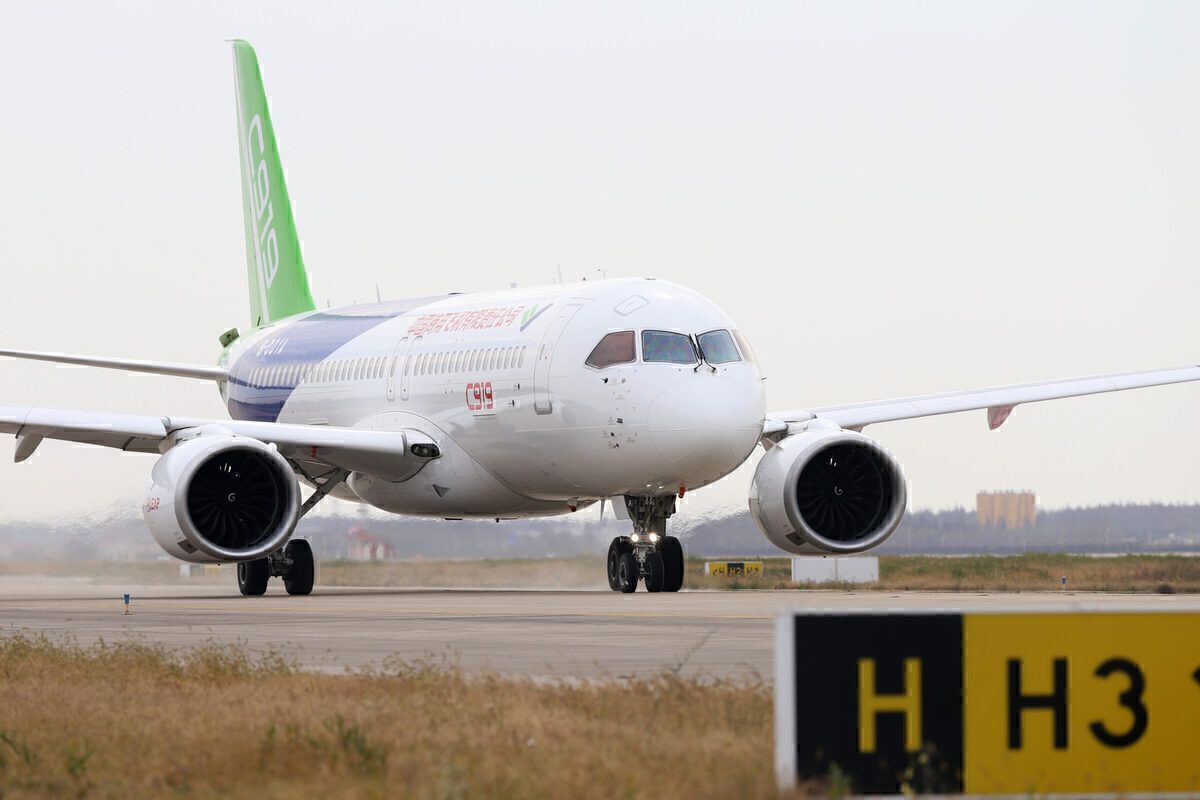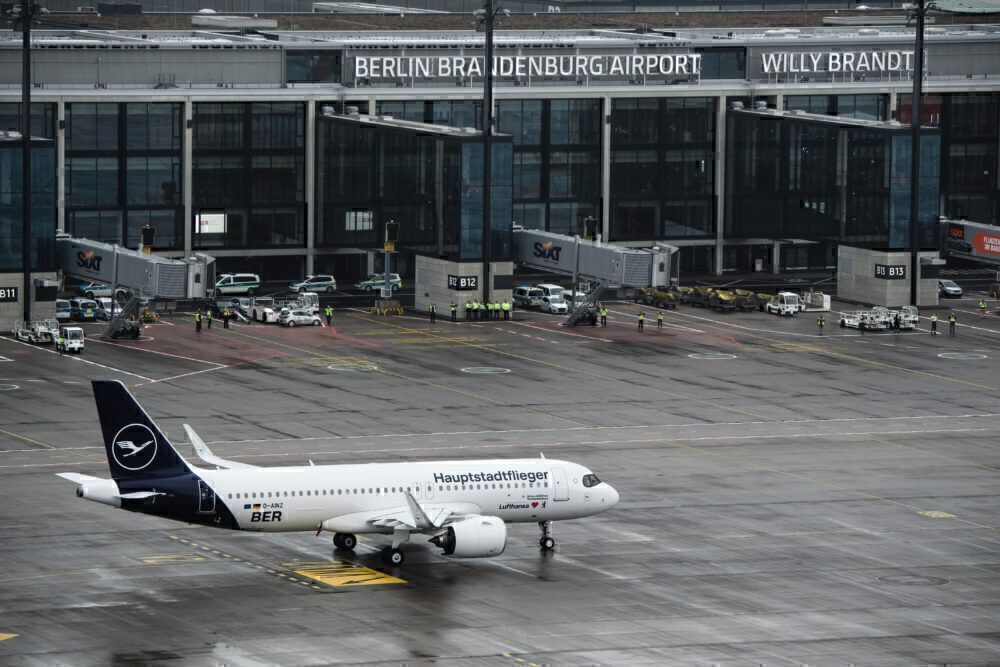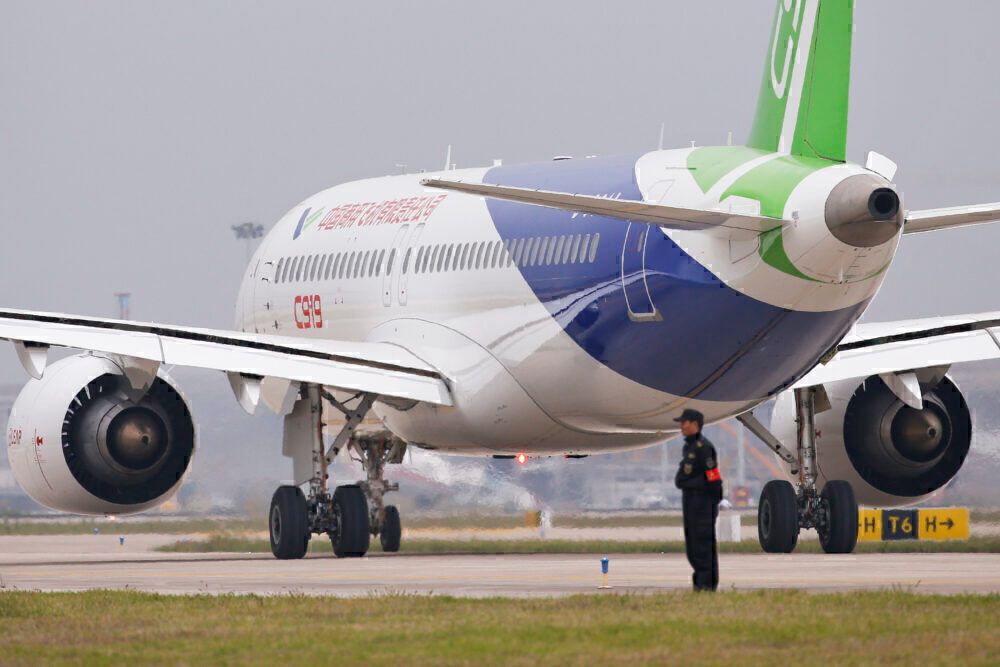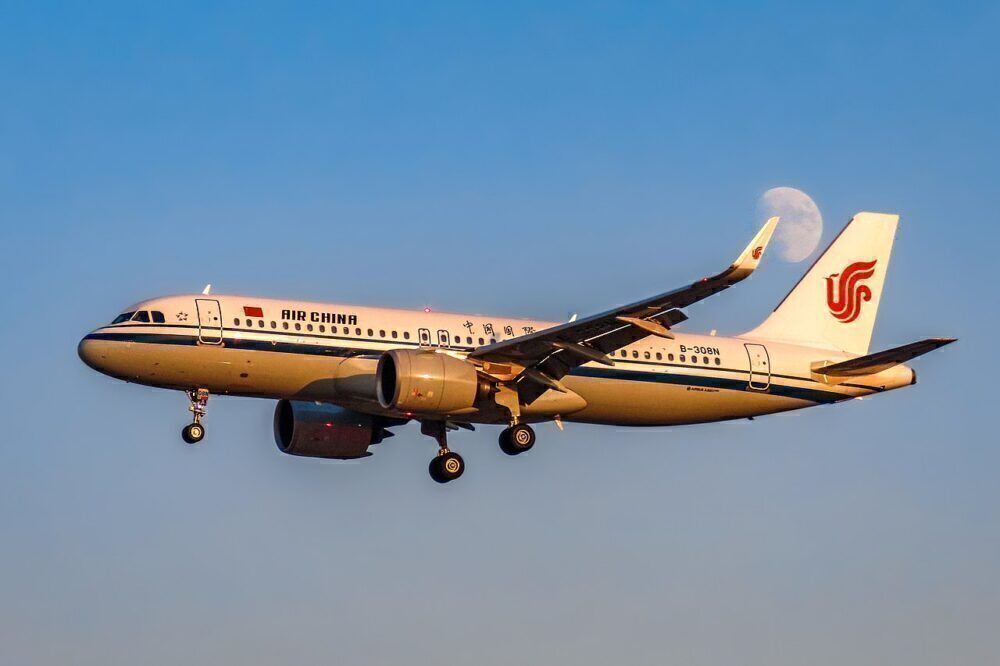Earlier this year, the Airbus A320neo reached the milestone of having spent five years in active commercial service. Since Lufthansa launched the type in January 2016, it has been a highly-efficient trailblazer in the short to medium-haul market. However, looking to the East, a new narrowbody is set to enter the fray. COMAC's C919 is designed to serve a similar market to the likes of the A320neo and the Boeing 737 MAX, but how viable will it be as a competitor?
How do the C919 and A320neo compare?
The COMAC C919 has been touted as the future of Chinese aviation. However, the short to medium-haul market that it is looking to enter is very congested. The Airbus A320neo is among the best performers in this field, but how do its specifications compare to the C919? Observing these figures side-by-side will help explain how viable a competitor the COMAC design is. In each instance, we shall list the C919's value first, followed by the A320neo.
- Length - 38.9 meters vs 37.57 meters.
- Wingspan - Both 35.8 meters.
- Height - 11.95 meters vs 11.76 meters.
- Typical two-class capacity - 158 passengers vs 150-180 passengers.
- Range - 4,075-5,555 km (2,200-3,000 NM) vs 6,300 km (3,400 NM).
Stay informed: Sign up for our daily and weekly aviation news digests!
As we can see, as far as the aircraft's respective dimensions are concerned, the C919 and A320neo are very similar. However, there is more of a gap when it comes to some of the other key specifications. Firstly, the A320neo has the ability to carry up to 22 more passengers in a two-class configuration. This factor is useful for airlines in reducing the aircraft's operating costs on a per-seat basis.
However, the greatest difference is in the aircraft's ranges. The A320neo can fly for more than 2,000 extra kilometers when compared to the standard C919. Even the extended-range version of the COMAC design cannot match its European counterpart. As such, it may struggle to compete against Airbus among customers who need the extra range.
Stay informed: Sign up for our daily and weekly aviation news digests.
Well regarded by Airbus
Of course, Airbus is a far more established manufacturer than COMAC, having produced two generations of the A320 family since the 1980s. Indeed, the original A320ceo range is the third-most-produced commercial aircraft of all time, and is closing in on 10,000 deliveries.
However, the difference in pedigree between the two manufacturers does not mean that Airbus is taking COMAC's potential competition lightly. Its CEO, Guillaume Faury, stated last month:
"There are many challenges and I think it’s too early to say to what degree [COMAC] will be able to compete with Boeing and Airbus. But we are taking them seriously and we are watching carefully what’s happening there."
The next steps
As far as the timescales for COMAC's C919 project are concerned, 2021 is set to be a big year for the aircraft. Indeed, Simple Flying reported earlier this month that, as things stand, the C919 is on track to achieve certification this year. With this in mind, COMAC is also beginning to close in on its first deliveries of the new aircraft.
In terms of these deliveries, they are presently set to be sent to local carriers such as China Eastern and China Express. This is not necessarily as restrictive as one might think, given how lucrative the Chinese domestic market is. However, for it to be considered with the same prestige as the A320neo, COMAC will likely need to look for orders from abroad.
Furthermore, although the Chinese domestic market is large and lucrative, it may also prove a hard nut to crack for COMAC, despite being a home-grown manufacturer. This is because several Chinese carriers are already established A320neo operators. For example, Planespotters.net lists Air China as operating 32 of these aircraft, with a further 36 at China Southern. As such, proving a viable competitor may indeed be an uphill battle for COMAC.
What do you make of the COMAC C919? How do you think it will fare against established competitors such as the Airbus A320neo? Let us know your thoughts and predictions in the comments.




